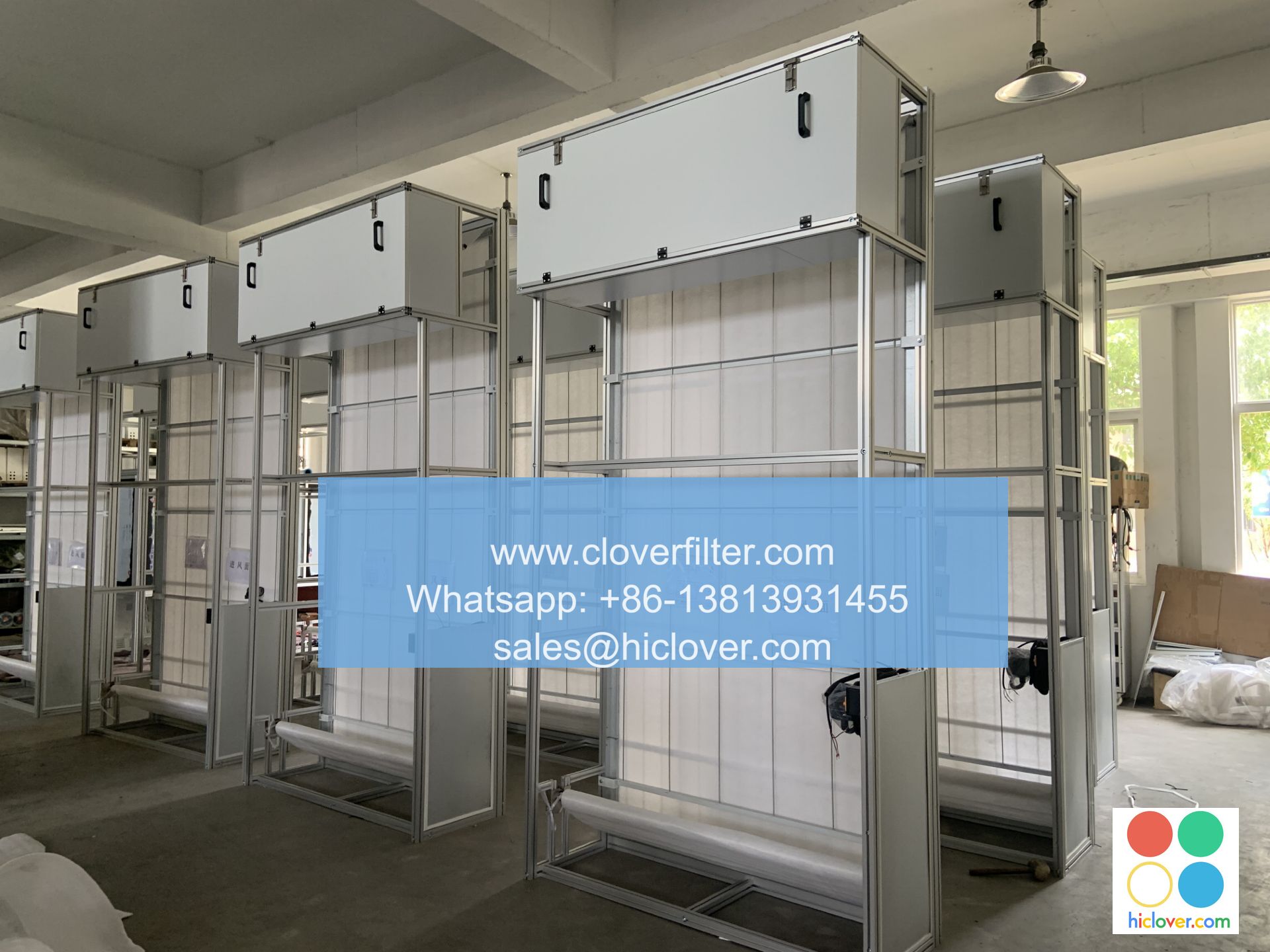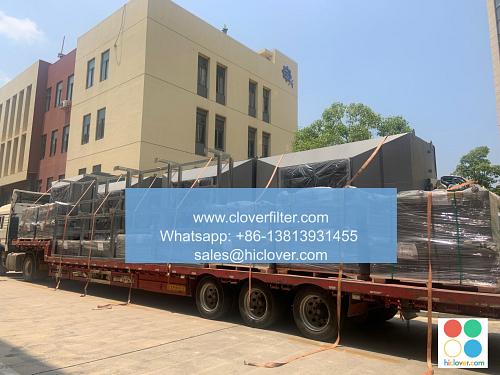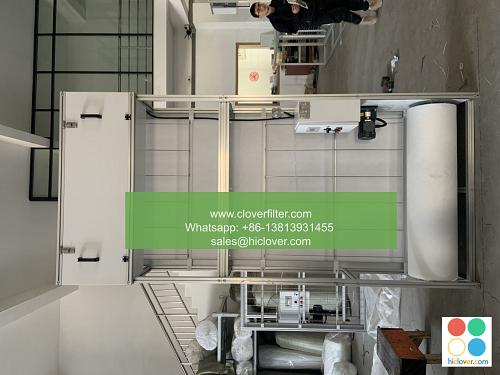Air Filters 101: A Beginner’s Guide to Indoor Air Quality

Air Filters 101: A Beginner’s Guide to Indoor Air Quality
What is Indoor Air Quality?
Indoor Air Quality (IAQ) refers to the level of pollutants and contaminants present in the air inside our homes, offices, and other enclosed spaces. Just like outdoor air quality, indoor air quality can have a significant impact on our health, comfort, and overall well-being.
The Importance of Air Filters
Air filters play a crucial role in maintaining good indoor air quality. They work by capturing airborne pollutants, allergens, and microorganisms, preventing them from circulating in the air and causing harm to us and our belongings. Air filters come in various forms, including:
- HEPA (High Efficiency Particulate Air) filters: Designed to capture 99.97% of particles as small as 0.3 microns, including dust, pollen, and pet dander.
- Activated Carbon filters: Effective in removing gases, odors, and volatile organic compounds (VOCs) from the air.
- Ultraviolet (UV) light filters: Designed to kill germs, bacteria, and viruses by destroying their DNA.
- Dust: Skin cells, pet dander, and other microscopic particles that can exacerbate respiratory issues.
- Allergens: Pollen, dust mites, and mold spores that trigger allergic reactions and asthma attacks.
- Gases: Chemicals, VOCs, and volatile organic compounds that can cause dizziness, headaches, and irritation.
- Microorganisms: Bacteria, viruses, and fungi that can cause illness and infestations.
- HVAC systems: Install high-quality air filters in your heating, ventilation, and air conditioning (HVAC) system to improve air circulation and filter out impurities.
- Home appliances: Use activated carbon filters in appliances like refrigerators, air purifiers, and dehumidifiers to remove odors and VOCs.
- Automotive systems: Replace air filters in your car’s air conditioning, heating, and ventilation system to improve air quality while driving.
- Water treatment: Use activated carbon filters in water purification systems to remove chemicals, heavy metals, and other contaminants from drinking water.
- Regularly replace filters: Periodically replace your air filters to ensure maximum effectiveness and efficiency.
- Clean your filters: Gently vacuum and clean your filters to remove built-up debris and extend their lifespan.
- Choose the right filter: Select the right type and size of filter for your specific application or concern (e.g., HEPA for allergies, activated carbon for gases).
Common Indoor Pollutants
But what exactly are we trying to filter out? Here are some common indoor air pollutants that air filters can help eliminate:
Application Areas for Air Filters
Air filters are not just limited to whole-house systems; they can be applied in various areas, including:
Best Practices for Maintaining Air Filters
To get the most out of your air filters, follow these best practices:
Conclusion
Maintaining good indoor air quality is crucial for our health, comfort, and overall well-being. By understanding the importance of air filters, common indoor pollutants, and application areas, you can take steps to create a healthier, cleaner living or working space. Remember to regularly replace, clean, and choose the right filter for your needs to breathe easy and live easy!
It looks like you may have accidentally sent a blank message! Would you like to try again? What’s on your mind, and how can I help?


